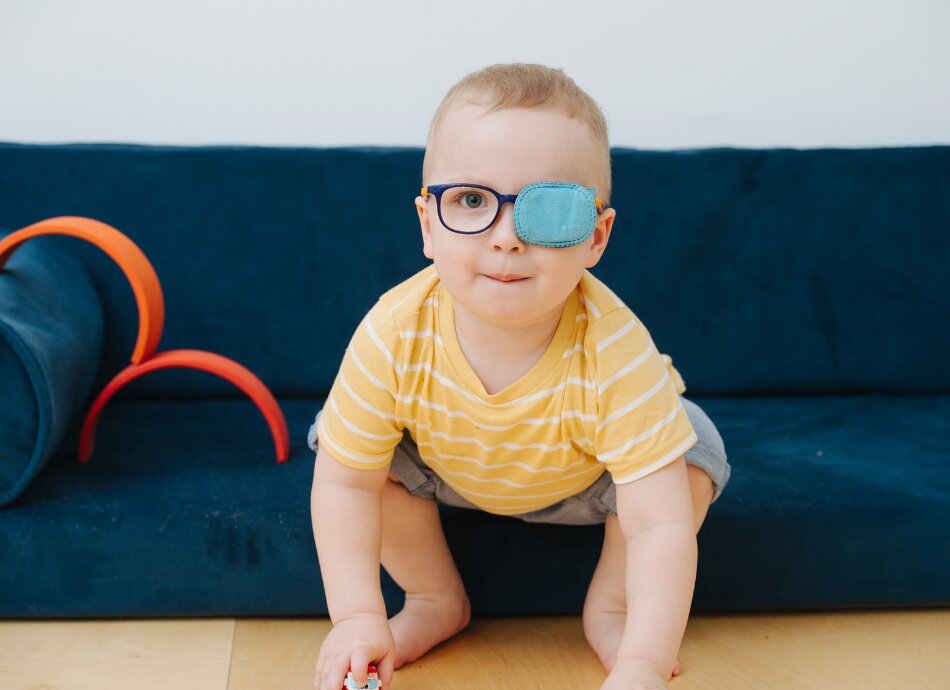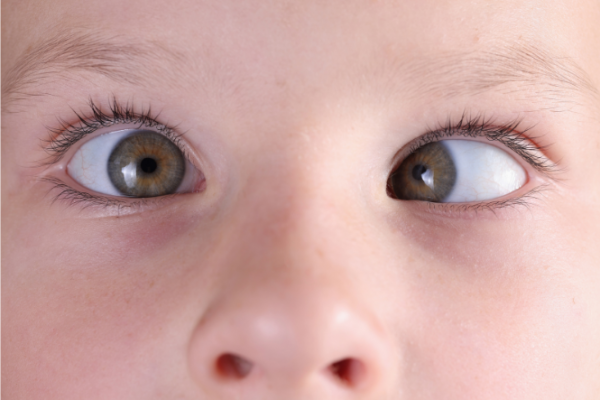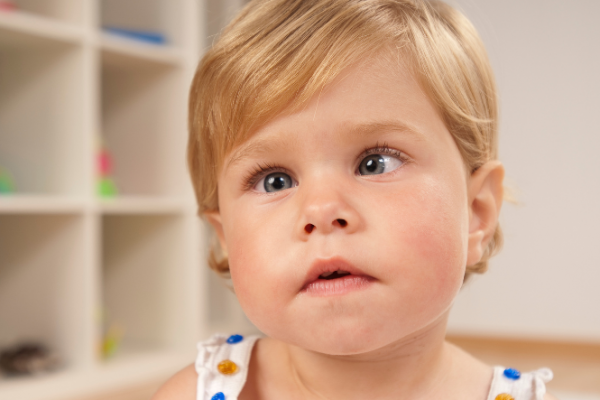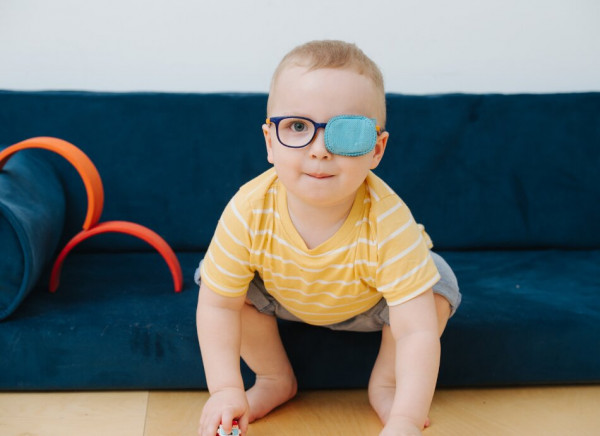Wishing everyone a safe and happy Christmas and New Year – Meri Kirihimete from the Healthify team.
Squints
Also known as Strabismus
Key points about squints
- A squint is also called strabismus.
- A squint is when the eyes are not looking in the same direction.
- If squints are untreated it can lead to eye problems like amblyopia.
- It is important to start treatment at an early age.
- Treatment may include glasses, patching, exercises, or surgery and is usually a combination of these.
- The content on this page comes from KidsHealth(external link).

Different types of squints

Image credit: Canva
It is the most common cause of poor vision in children.
Amblyopia occurs when one eye (rarely both) is weaker and drifts inwards or upwards. About 1 in 25 children develop some degree of amblyopia.

Image credit: Canva
With early detection and treatment, long-term vision problems can be prevented.
Eye patching

Image credit: Canva
Apps reviewed by Healthify
You may find it useful to look at some Vision difficulty apps.
Video: Lazy Eye (Amblyopia) | A guide for Patients
This video may take a few moments to load.
(Johns Hopkins Medicine, US, 2021)
Watch a video explaining amblyopia(external link)(external link) by Get Eye Smart, US, 2010.
Vision screening for amblyopia in childhood(external link) Cochrane Eyes and Vision Group, 2009
Interventions for unilateral and bilateral refractive amblyopia(external link) Cochrane Eyes and Vision Group, 2012
Apps
Credits: KidsHealth NZ
Reviewed by: Healthify editorial team. Healthify is brought to you by Health Navigator Charitable Trust.
Last reviewed:
Page last updated:





